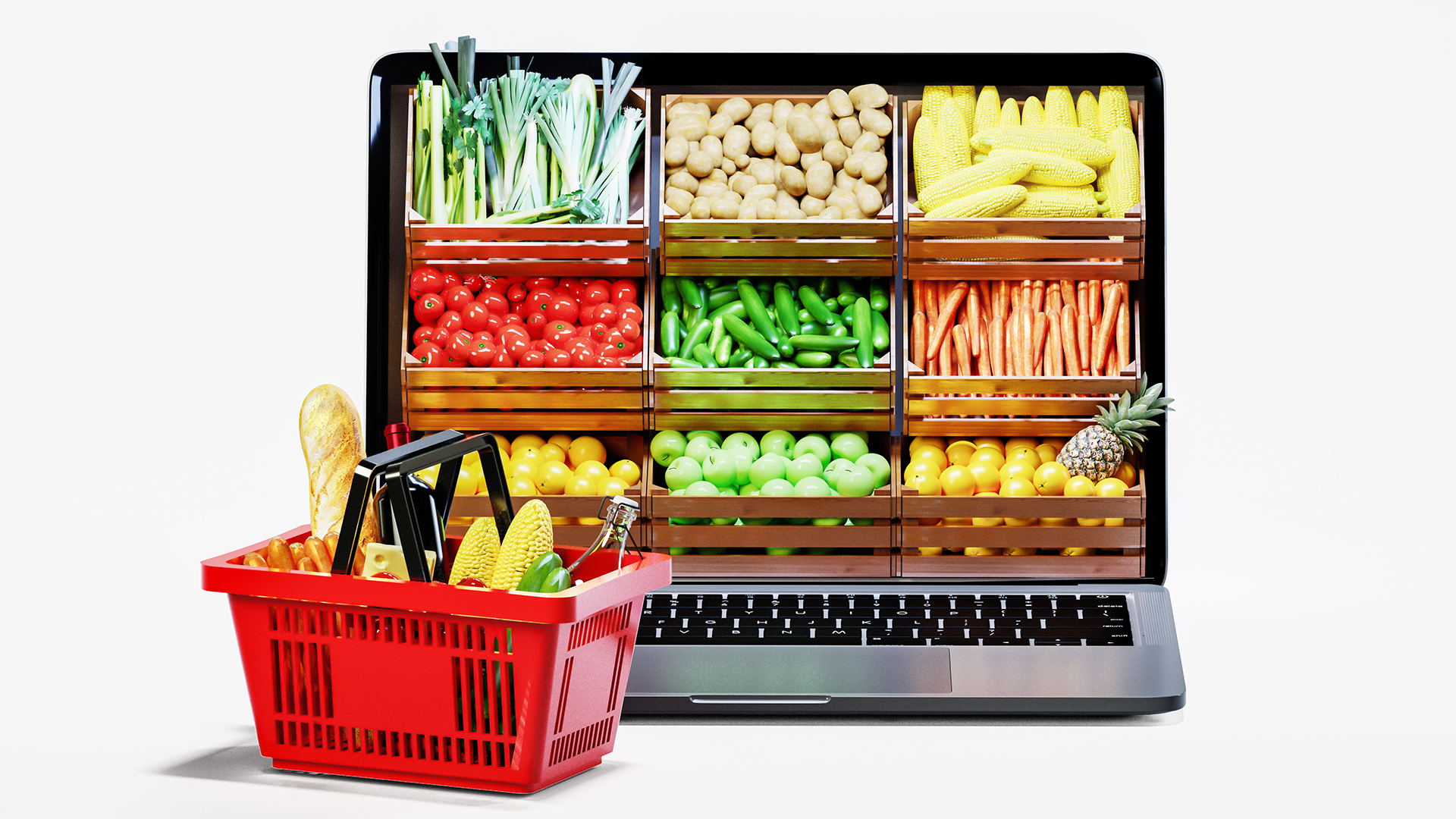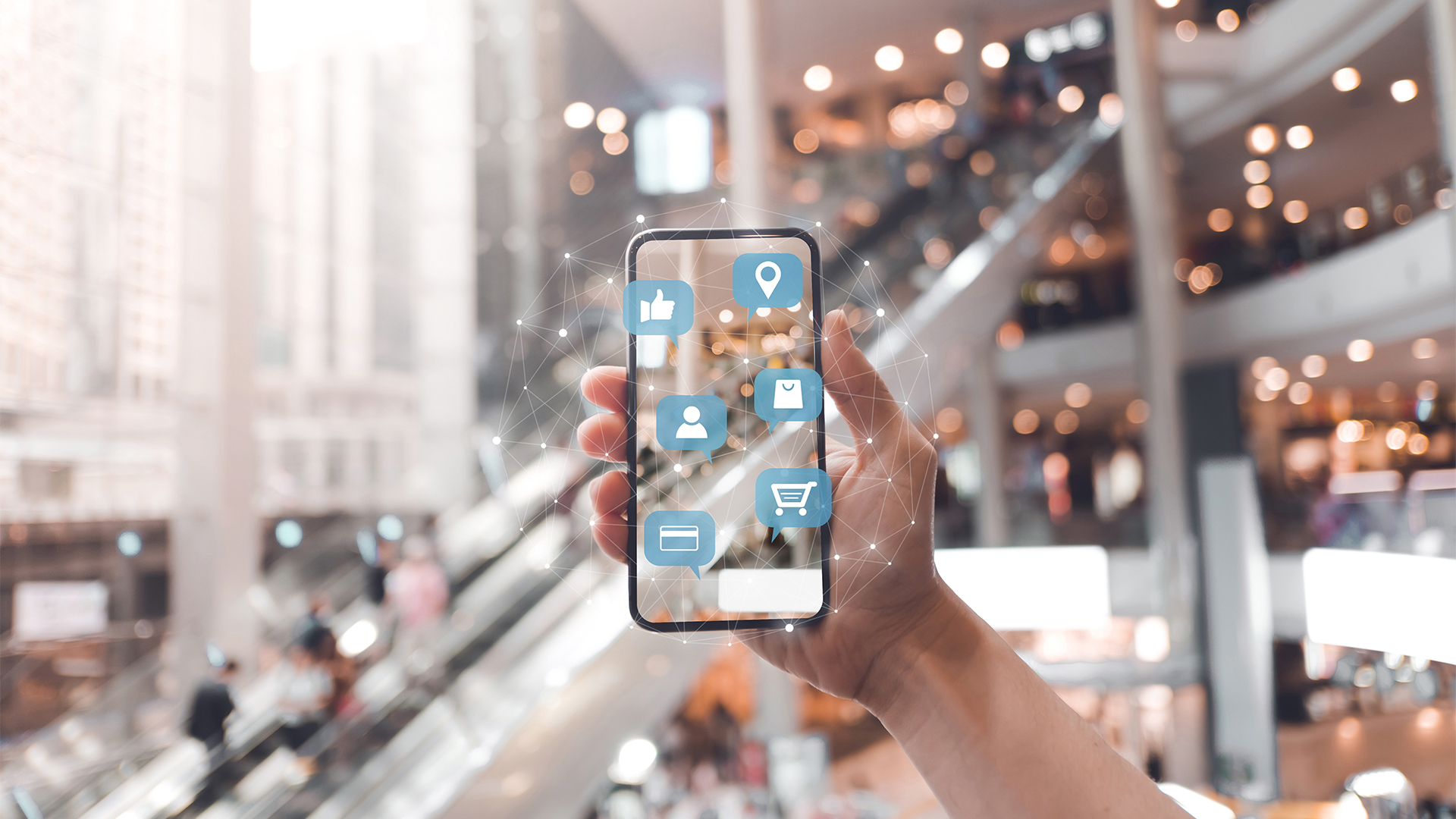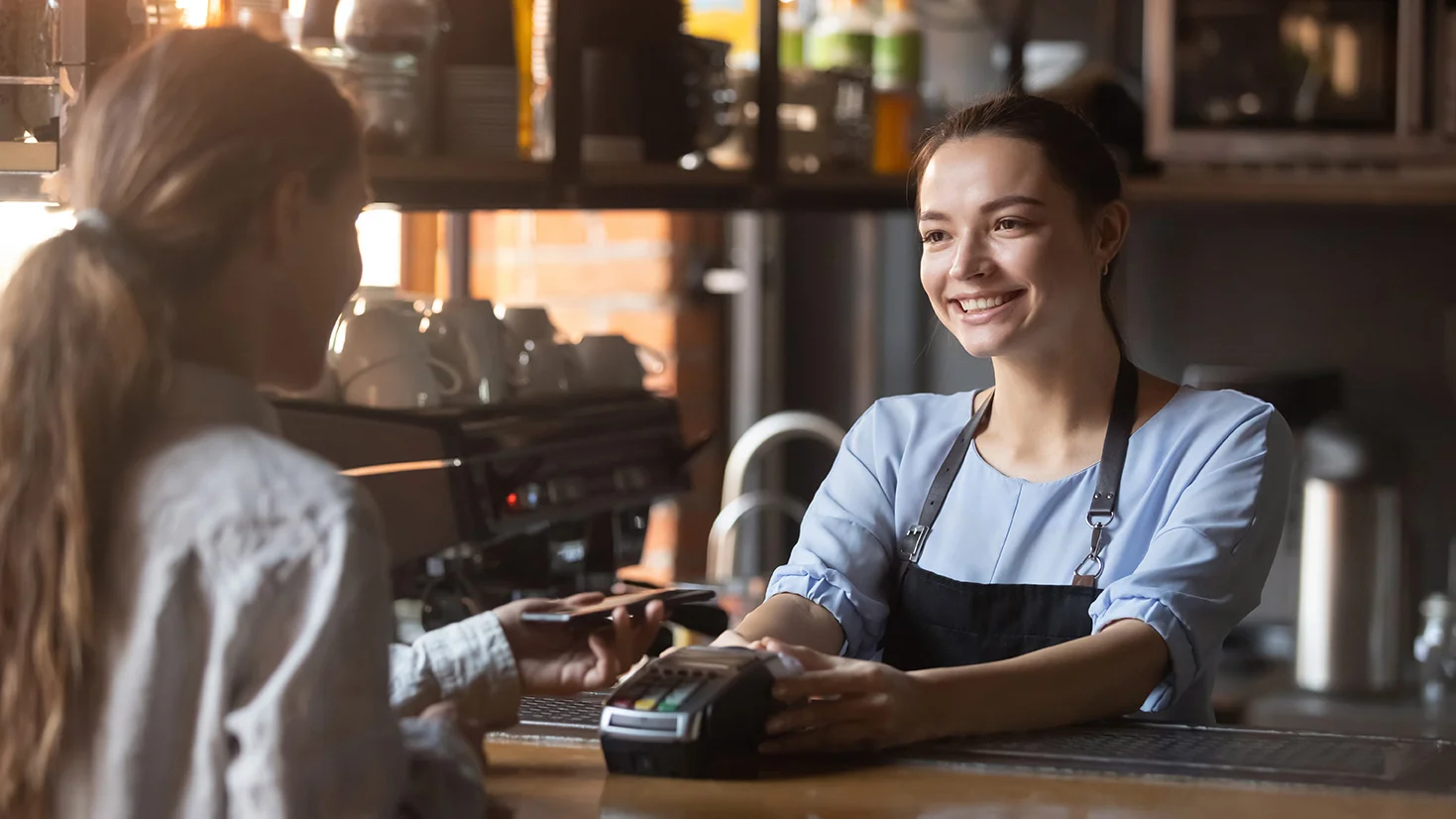
Peas, no queues: Satisfying the new online grocery shopper
The way we shop has changed dramatically in the last 18 months, perhaps forever. But how can grocery retailers meet shoppers’ new expectations?
Many people who had previously been reluctant to shop online embraced digital grocery carts last year. In fact, in the UK, according to the Office for National Statistics (ONS), online retail sales grew by 46 per cent in 2020 compared with the previous year, the highest annual growth reported since 2008. Food stores reported the largest increase for total online sales in 2020, leaping some 79.3 per cent. 1
It’s clear that some of our new-found shopping habits will stick. McKinsey research suggests that the consumers of the future might shop less, spend less and will be happy to replace favourite brands with more affordable ones.2 The Deloitte fresh food consumer survey supports this suggestion, finding that the number of respondents who said they shopped for fresh food in stores multiple times a week dropped by half from 2019 to 2020.3 Deloitte analysis of grocery receipt data shows consumers who shop for fresh food at least once a week made up about 80 per cent of fresh sales 4, so a reduction is not good news for the traditional grocery channel.
This new shift presents a great opportunity to win over new online shoppers, but there is also the risk of permanently losing loyalty by doing nothing to acknowledge and subsequently address the changes. So does this unprecedented growth signal a permanent change for online groceries?
“New baselines have been established,” says Matt Botham, Strategic Insight Director at Kantar. “Ecommerce now has 13 per cent of grocery and this peaked at just over 15 per cent in January, and looks likely to settle at around 11 per cent, compared with 7 or 8 per cent before the pandemic.” He adds, “Some of our pandemic shopping behaviour was circumstantial. We were in our homes and didn't need to venture out, but there are clear indicators that this is sticking around.5 ”
A significant portion of these new online shoppers are customers who previously wouldn’t have considered shopping online at all, says David Devany, Group Chief Customer and Digital Officer at Iceland Foods. Early on, the retailer saw a significant increase in customers purchasing on behalf of others and orders from businesses, mainly care homes, who were struggling to get supplies.
To help distribute that demand, Iceland added more than 200 Iceland and The Food Warehouse stores to fulfil orders and invested in over 100 additional delivery vans on top of 3,000 additional staff to pick and deliver orders.
Previously, Iceland customers’ shopping habits were largely centred around payday and events such as Christmas, Easter and school holidays, says Devany. “As customers moved to working from home and home-schooling, we saw demand shift around in the day to reflect this.”
Growing digital influence in-store and online
Right now, Devany says, “Defining ‘normal’ customer behaviour is still more of an art than a science, so we’re keeping an open mind on what new trends may appear.” Vincent Belloc, Managing Director, PayPal UK, shares that view. “Because of this uncertainty, I think it's important to make sure that retailers develop a good omni-channel experience — and that means both online and in-store. If they don't buy in-store, at least retailers can offer them products online or via mobile or social channels.”
Botham agrees: “We’re on the cusp of an increasingly digital influence on how we shop. We’re seeing grocery apps popping up, retailers trying to push their own scan-and-go apps in-store and other creative uses of in-store technology.”
Over the last year, simplifying processes and over-communicating was crucial, so initiatives such as live order tracking, communication with drivers and dynamic delivery routing were pivotal in supporting customers. Iceland has recently rolled out same-day delivery in select areas around the country and is in the process of extending the service to the majority of stores. What is clear is that the initial barrier to entry some of those who wouldn’t have shopped online has been overcome.
Contactless payments
While online sales have increased drastically, point of sale (POS) transactions have shifted towards contactless. The management consultant Oliver Wyman predicts that, across Europe, contactless transactions will continue to grow faster than before 2020 (3.8 per cent monthly growth rate) and reach 27 per cent of total POS transaction value by the end of 2021.6
In this period of pandemic, payments via QR code are growing in popularity.
Intermarché, a key French supermarket, has launched a trial for payment by QR code in two stores via PayPal. It enables PayPal account holders to pay with their mobile directly at their Intermarché checkout.
Positioned on the plexiglass at the checkout, the QR code is easily scanned by the customer who pays directly via his PayPal account in compliance with social distancing. These personalised and innovative payment experiences help to drive high engagement, purchase frequency and average order value.

For any retailer, payment is the ultimate challenge and the most fragile part of the customer journey says David Devany, Group Chief Customer and Digital Officer at Iceland Foods
“Everything you’ve invested in the customer experience completes at this single point” says Devany, “That’s why it’s so important to have a trusted partner, such as PayPal, that offers a secure and seamless experience that customers are comfortable with.”
Find out more about PayPal
1 Office for National Statistics, Monthly Business Survey,
Retail Sales Inquiry, Dec 2020
2 McKinsey Perspectives on
Retail and Consumer Goods, August 2020
3 Deloitte fresh
food consumer survey, 2020
4 Deloitte analysis of Prodege
receipts data for the months of May 2020 and August 2019
5
Kantar Worldpanel Plus, LinkQ Survey, February 2021, sample
n=15,386. Question – “Would you consider buying
any of the following categories online/ with rapid
delivery?
6 Oliver Wyman, COVID-19 and European Retail
Payments













